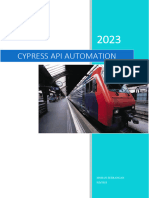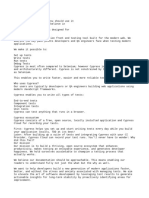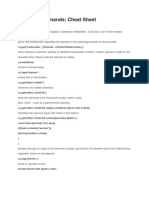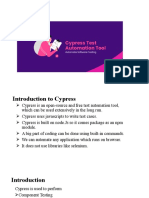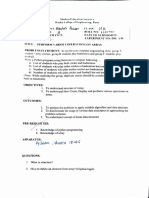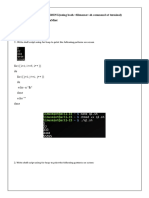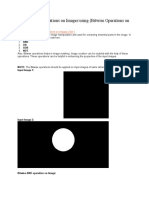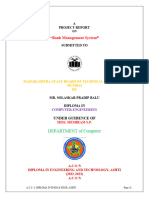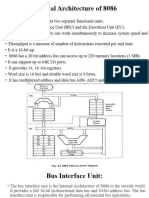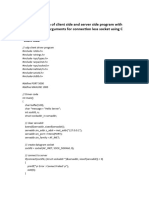0% found this document useful (0 votes)
4 views3 pagesCypress Study Topics
The document outlines a comprehensive curriculum for learning Cypress, covering beginner, intermediate, advanced, and proficiency topics. It includes key concepts such as setting up Cypress, basic commands, testing forms, handling network requests, debugging, and integrating with CI/CD tools. Additionally, it emphasizes hands-on projects for real-world application testing and generating test reports.
Uploaded by
INFRA 10'SCopyright
© © All Rights Reserved
We take content rights seriously. If you suspect this is your content, claim it here.
Available Formats
Download as DOCX, PDF, TXT or read online on Scribd
0% found this document useful (0 votes)
4 views3 pagesCypress Study Topics
The document outlines a comprehensive curriculum for learning Cypress, covering beginner, intermediate, advanced, and proficiency topics. It includes key concepts such as setting up Cypress, basic commands, testing forms, handling network requests, debugging, and integrating with CI/CD tools. Additionally, it emphasizes hands-on projects for real-world application testing and generating test reports.
Uploaded by
INFRA 10'SCopyright
© © All Rights Reserved
We take content rights seriously. If you suspect this is your content, claim it here.
Available Formats
Download as DOCX, PDF, TXT or read online on Scribd
/ 3






















